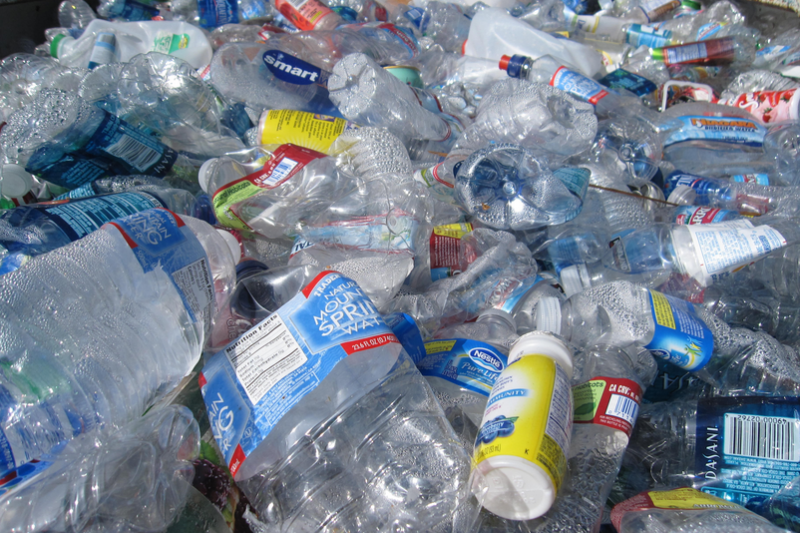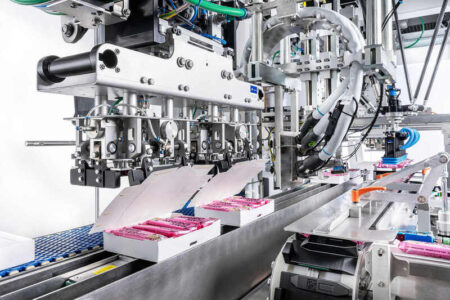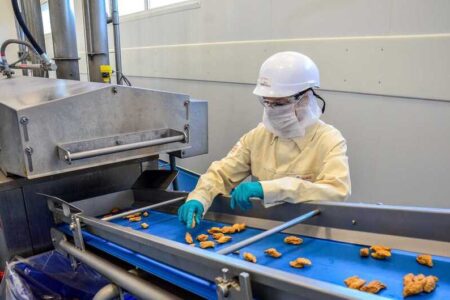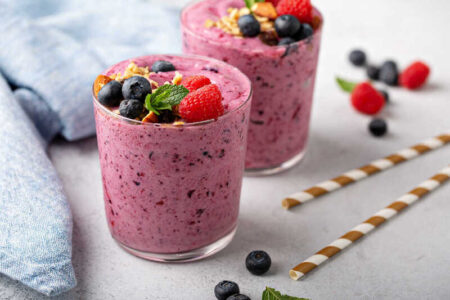Consumer trends drive packaging industry growth

Key consumer trends are the driving force behind the growth of the global packaging industry, reports Rabobank.
The report, Consumer trends drive packaging hot spots, names the trends as being premiumisation, convenience, online retailing, shelf life extension and recyclability. Each of which have benefits for both packaging material and equipment makers.
Clara van der Elst, FAR analyst at Rabobank, says, “Food and beverages packaging is at the forefront of the consumer experience and is significantly impacted by stronger emotional and material values placed on high quality food and drink.”
Changing consumer preferences reflect the value attached to good food and drink, versus cheap food and drink, particularly in developed regions. Rabobank believes that key consumer trends are driving growth in packaging, particularly in developing regions across fresh produce, beverages and meat and seafood.
These trends each have five specific effects on the type of packaging and the type of material used to make it; the standard five being; flexible or rigid plastic, glass, paper, metal, or the combinations of paper, metal and film used in liquid cartons.
Macroeconomics and demographics are driving strong unit growth in developing regions, driven by a catch up in consumer preferences fuelled by the rise of the middle class and urbanisation. In developed markets, these trends drive mostly value and some unit growth.
In the convenience trend, processed fresh food and beverages and ready-made food and meals require more, or a higher value type of packaging e.g. resealable cans. This not only drives packaging value, but also affects material choices. Plastics stand to gain the most in this category.
Meanwhile, packaging remains a key element of differentiation for premium products. This is driving growth particularly in glass, metal caps and closures, and upmarket labelling/printing.
“The relationship is two way with current trends affecting growth in certain food and beverages categories driving both the increase in packaging per unit (particularly seen in convenience) as well as the growth in intensity of packaging of products, for example in premium fresh fruit and vegetables, which would previously have bought loose and not wrapped,” adds van der Elst.



